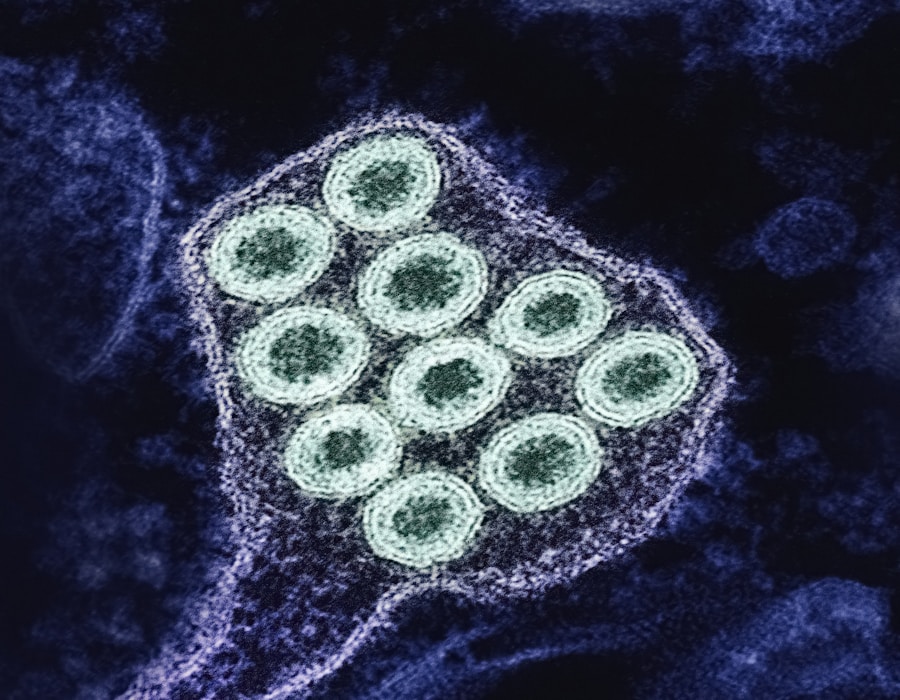Canine allergies are a common issue that many dog owners face. Just like humans, dogs can develop allergies to certain foods, environmental factors, and other allergens. Allergies in dogs can manifest in a variety of ways, including itching, scratching, ear infections, and gastrointestinal issues. It’s important for dog owners to be aware of the signs of allergies in their pets so that they can take the necessary steps to address the issue.
Allergies in dogs can be caused by a wide range of factors, including pollen, mold, dust mites, and certain ingredients in their food. Some dogs may also have food sensitivities or intolerances that can lead to allergic reactions. Understanding the root cause of your dog’s allergies is crucial in order to effectively manage and treat the issue. If you suspect that your dog may have allergies, it’s important to consult with a veterinarian to determine the best course of action.
Identifying Common Allergens in Dog Food
When it comes to canine allergies, one of the most common culprits is the food that they eat. Many dogs are allergic to certain ingredients commonly found in commercial dog food, such as beef, chicken, dairy, wheat, and soy. These ingredients can trigger allergic reactions in sensitive dogs, leading to symptoms such as itching, skin rashes, and digestive issues. Identifying the specific allergens in your dog’s food is essential in order to provide them with a diet that won’t cause adverse reactions.
In addition to common food allergens, some dogs may also have sensitivities to artificial additives and preservatives found in commercial dog food. These additives can exacerbate existing allergies or cause new allergic reactions in some dogs. It’s important for dog owners to carefully read the labels of their dog’s food and be aware of any potential allergens or irritants that may be present.
Reading Dog Food Labels for Allergen Information
When it comes to managing canine allergies, reading dog food labels is crucial for identifying potential allergens. Dog food labels are required to list all ingredients used in the product, making it easier for pet owners to identify potential allergens that may trigger allergic reactions in their dogs. When reading dog food labels, it’s important to look for common allergens such as beef, chicken, dairy, wheat, soy, and artificial additives.
In addition to identifying potential allergens, it’s also important to look for high-quality, natural ingredients that are less likely to cause allergic reactions in dogs. Look for dog foods that are free from artificial colors, flavors, and preservatives, as these additives can exacerbate existing allergies or cause new allergic reactions in some dogs. Choosing dog food with limited ingredients can also help reduce the risk of triggering allergic reactions in sensitive dogs.
Choosing the Right Protein Source for Allergic Dogs
For dogs with food allergies or sensitivities, choosing the right protein source is crucial for managing their condition. Many commercial dog foods contain common allergens such as beef and chicken, which can trigger allergic reactions in sensitive dogs. Instead, consider alternative protein sources such as lamb, fish, turkey, or duck, which are less likely to cause allergic reactions in dogs.
In addition to choosing the right protein source, it’s also important to consider the quality of the ingredients used in your dog’s food. Look for high-quality, natural ingredients that are free from artificial additives and preservatives. Avoiding fillers and by-products can also help reduce the risk of triggering allergic reactions in sensitive dogs.
Seeking Out Hypoallergenic Dog Food Options
For dogs with severe allergies or sensitivities, hypoallergenic dog food options may be the best choice for managing their condition. Hypoallergenic dog foods are specially formulated to be free from common allergens and irritants that can trigger allergic reactions in sensitive dogs. These foods often contain novel protein sources and limited ingredients to reduce the risk of triggering allergic reactions.
When seeking out hypoallergenic dog food options, it’s important to consult with a veterinarian to determine the best course of action for your dog. Your veterinarian can help you identify potential allergens and recommend hypoallergenic dog foods that are suitable for your dog’s specific needs. Additionally, they can provide guidance on transitioning your dog to a new hypoallergenic diet and monitoring their progress.
Consulting with a Veterinarian for Allergy Testing and Recommendations
If you suspect that your dog may have allergies, it’s important to consult with a veterinarian for allergy testing and recommendations. Allergy testing can help identify specific allergens that may be triggering allergic reactions in your dog, allowing you to make informed decisions about their diet and environment. Your veterinarian can also provide recommendations for managing your dog’s allergies and transitioning them to a new allergy-friendly diet.
In addition to allergy testing, your veterinarian can provide guidance on managing your dog’s allergies through dietary changes and environmental modifications. They can recommend hypoallergenic dog foods and supplements that may help alleviate your dog’s symptoms and improve their overall health. Working closely with your veterinarian is essential for effectively managing your dog’s allergies and providing them with the best possible care.
Tips for Transitioning to a New Allergy-Friendly Dog Food
Transitioning your dog to a new allergy-friendly diet can be a gradual process that requires patience and careful monitoring. When transitioning to a new allergy-friendly dog food, it’s important to do so gradually over the course of several days or weeks. Start by mixing small amounts of the new food with their current food and gradually increase the proportion of the new food while decreasing the old food.
During the transition period, monitor your dog for any signs of allergic reactions or digestive issues. If you notice any adverse reactions, consult with your veterinarian for guidance on adjusting their diet or trying a different allergy-friendly food option. It’s also important to provide your dog with plenty of fresh water and monitor their overall health and well-being during the transition process.
In conclusion, managing canine allergies requires careful consideration of your dog’s diet and environment. By identifying common allergens in dog food, reading labels for allergen information, choosing the right protein source, seeking out hypoallergenic options, consulting with a veterinarian for allergy testing and recommendations, and transitioning to a new allergy-friendly diet, you can effectively manage your dog’s allergies and improve their overall health and well-being. Working closely with your veterinarian is essential for providing your dog with the best possible care and ensuring that their specific needs are met.





